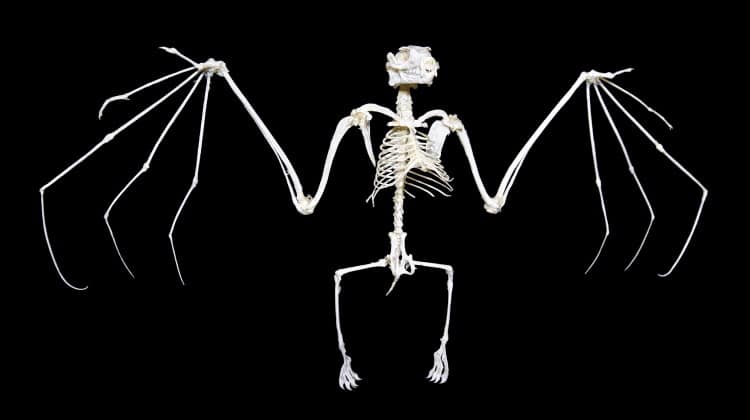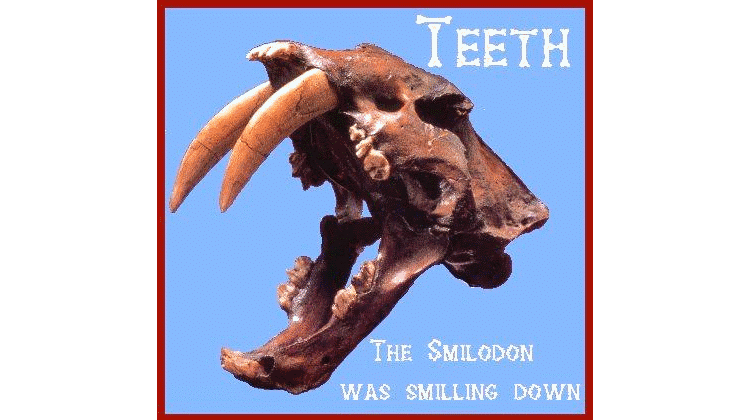Wonderful Whales and delightful Dolphins, who can avoid loving and being in awe of such magnificent creatures. The very term ‘whale’ brings images of great size to us and we talk of having a ‘whale of a time’ when we have really enjoyed ourselves. However most of the 77 species of Cetaceans (the group term for Whales, Dolphins and Porpoises) are not the giants that inspire us with their majesty, but smaller faster animals that delight us with their intelligence. All cetaceans are carnivorous and aquatic and can be distinguished from fishes, and particularly the larger sharks because their tail fins spread laterally (along the horizontal plain) and not vertically. This means they swim by moving their tails up and down rather than side to side as the sharks and fishes do. Whales, Dolphins and Porpoises, which are part of the class mammalia and the order Cetacea are among the most intelligent and amazing animals in the world. There are many books and web sites dedicated to them and the amount of information we have on them is huge. Here I have collected a few of the more basic and interesting facts concerning them in a number of web pages.
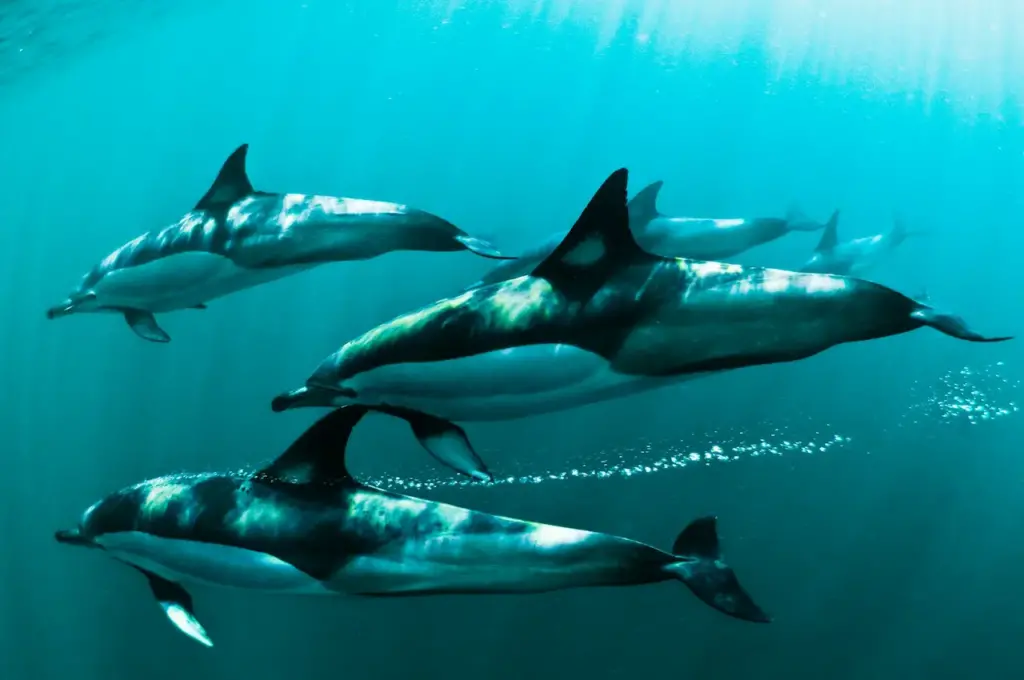
Whales and Mankind
Stories of Dolphins helping humans who have got into trouble in the sea have been told since fishermen started using boats, however it is only in the modern world that people have started helping them in return. Unfortunately most of mankind’s interactions with whales and Dolphins have been, and still are, to the detriment of the animals concerned.
Still the flourishing of civilization in mankind has inevitably lead to a respect for dolphins that arises out of the perception of their intelligence and friendliness. In early Greek myths (pre 800 BC) dolphins are considered are described as having once been men who were changed into dolphins by one of the gods, normally Dionysos (God of Wine and extasy)or Poseidon (God of the sea). I think this reflect the early Greek peoples perception of Dolphins as being their equals in some measure, an idea that was long forgotten until modern science started comparing the complexity of their brains with ours.
In ancient Greek art Poseidon and Aphrodite (Goddess of Love) are often shown in the company of dolphins. Dolphins are supposed to have helped Poseidon find his bride Amphitrite when she hid from him in a cave, and later to have rescued his son Taras from drowning. Ancient Greek literature also contains many stories of dolphins rescuing drowning sailors, and befriending young people. The famous poet Arion (600 BC) sins a tale of human treachery and dolphin kindness when he tells us he was forced by sailors he had employed to take him home after a successful tour of Italy and Sicily to leap from the ship so they could steal his riches, whereupon he was rescued by a dolphin. Roman literature, including Pliny is no less blessed and contains tales of children regularly riding on dolphins. Plutarch wrote. “To the dolphin alone, beyond all others, nature has given what the best philosophers seek; friendship for no advantage. Though it has no need of man, yet it is a friend to all men and has often given them great aid.”
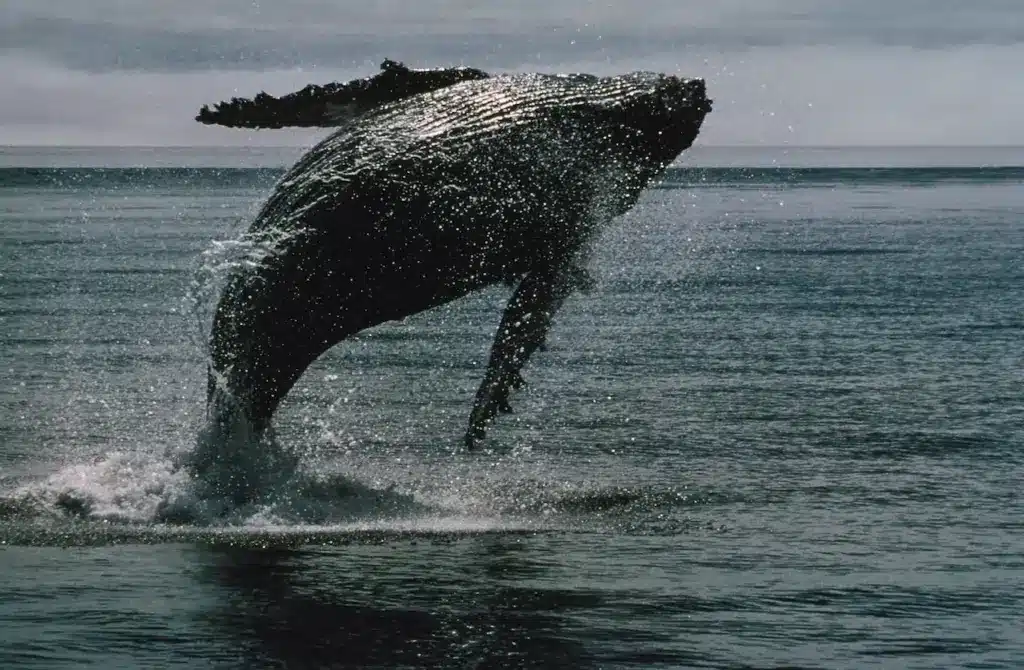
In the western world the decline of civilization saw a decline in mankind’s relationships to dolphins, and to all animals in fact, and we have to travel to there is a large gap between the 2nd and the 20th century where reports of friendly dolphins are few and far between. Not only did dolphin human friendships decline but so did dolphin science. Whereas ancient Greek art depicts dolphins relatively accurately, images drawn in the subsequent centuries become terribly fantasmagorical, possessing all sorts of imaginary aspects.
The Mediterranean is not the only place where dolphins have been loved. In South America the Bouto (Inia geoffrensis) which live in the Amazon river are considered sacred. Though they are also held responsible for getting young unmarried girls pregnant, which in a way protected the girl. In Vietnam dolphins and whales were considered to be sent by ‘the god of the waters’ to protect and rescue sailors. The whale is mentioned in the Bible, both as leviathan who knows no fear (in Job) and as the better known ‘great fish’ who swallows Jonah and then regurgitates him where god wants him.
New Zealand Maori legends contain references to children riding on dolphins and to the ‘taniwha’ gentle sea beasts that rescue people. It seems inevitable that other oceanic peoples have myths and knowledge of dolphins but I haven’t tracked any down yet. The people of Scandinavia also knew of whales, though not dolphins, as must have the Inuit (Eskimos) and other people that hunted them.
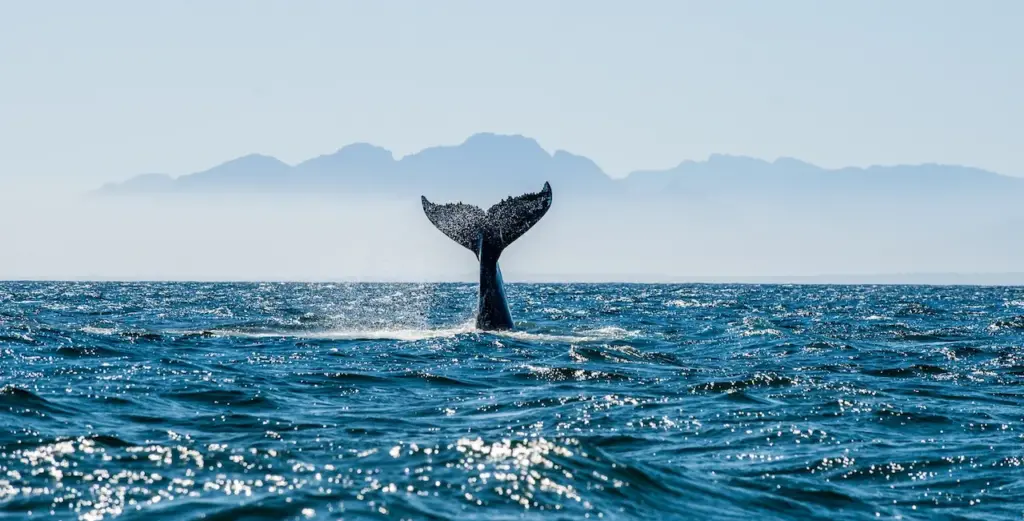
If these old tales all seem like fairy stories, it should be known that the 20th century is littered with tales and reports of friendly dolphins, many of which have been substantiated by hundreds of people and even video footage. During the World War Two a dinghy containing six US airmen was pushed to the shore by dolphins. In 1945 a dolphin made friends with a 13 year old girl called Sally Stone at Long Island Sound, in 1953 a pair of dolphins played with bathers at Fish Hoek near Capetown SA. In 1956 a Bottle-nosed Dolphin later named Opo befriended several people at Opononi Beach New Zealand, in particular a 13 year old girl named Jill Baker who claimed the dolphin liked her because she was gentle. In 1966 a bather was rescued from sharks and helped ashore by dolphins in the Gulf of Suez. There are many more tales like this, yet they obviously represent only a small number of the total dolphin population of the world. It would seem that dolphins have personality differences and some just like humans more than others.
Having said all this, it should be noted that dolphins seem to have an inbuilt urge to rescue things, an understandable characteristic in a air breathing animal that lives in water, and whose young have to learn how to live in a world they can easily drown in. Dolphins are well known for helping other sick and injured dolphins and in 1961 a dolphin spent 8 days holding a dying Leopard Shark near the surface at Marineland, California and another dolphin was seen to lift a sinking mattress and push it towards the shore. Yet they do not push their own kind to the shore, they obviously know that humans can’t swim and need the land. Finally, before you pass judgement on the basis of these few facts, think about what humanity would look like if you judged it on the actions of just one or two crazy people.
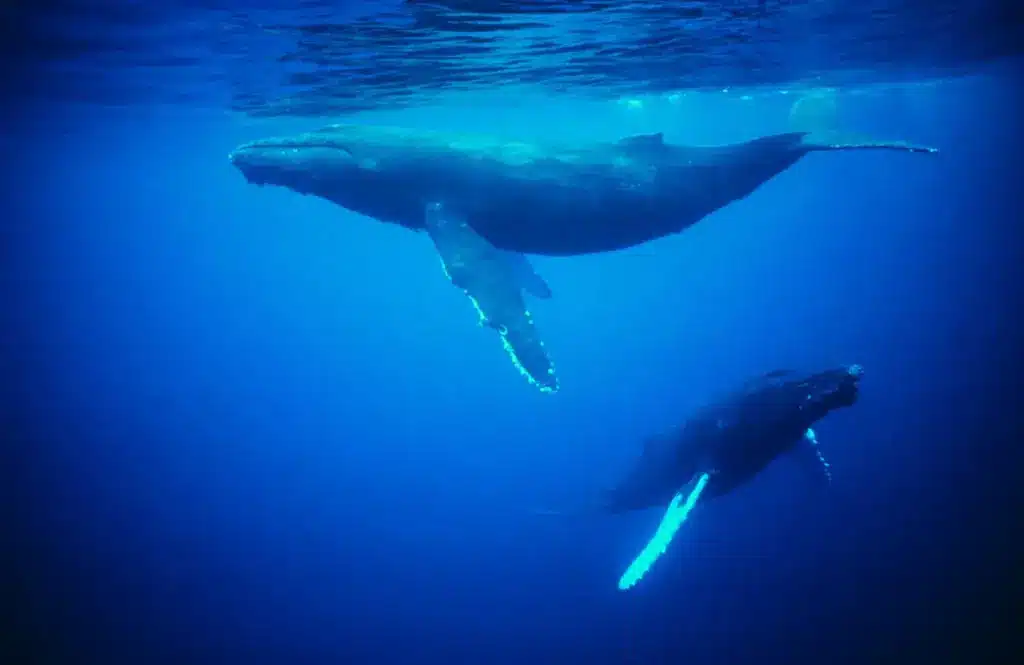
Hunting Whales and Dolphins
Hunting Dolphins, Porpoises and Whales for food and the oil which can be extracted from their blubber has been happening since long before history was written down. While the effect of this on individual animals can not have been good, the effect on individual species and the group as a whole was negligible until about 150 years ago. Since then technology has hugely inflated our ability to manipulate the world and subsequently increased our ability to kill. Increased medical knowledge has also led to a faster increase in the human population. While this has had a disastrous effect on many animals and ecosystems around the world no comparable group has suffered as much as the whales.
“..equally with human slaughter the gods abhor the deathly doom of the monarchs of the deep.” Oppian
Up until the mid 1800’s whales were hunted in comparably small numbers with harpoons thrown from small boats, however even this had rendered the Right Whales relatively scarce. But technology changes initiated by Captain Roys and then by further developed by Svend Foyn resulted in whales being hunted with explosive harpoons mounted on steam driven ships. These harpoons were connected to a cable that remained attached to the hunting ship at the other end. Although Foyn’s forst efforts were not a great success he persevered and by 1880 there were 8 separate companies operating 12 steam whale-hunting ships between them operating out of Norway. The real beginning of the decline of the whales started here and the local stocks were soon reduced to minimal numbers.
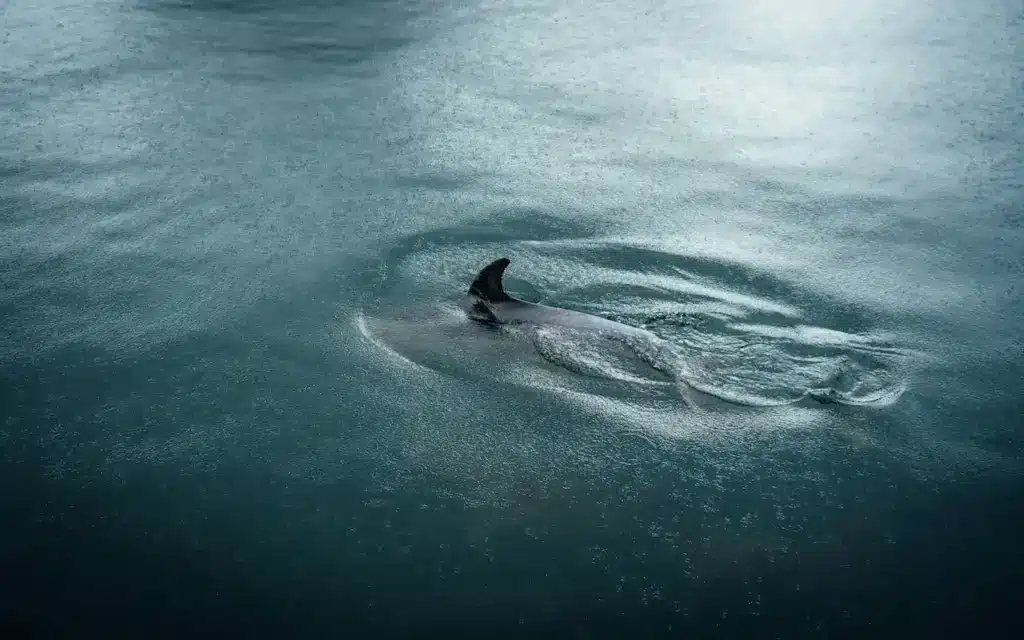
At the turn of the century, 1901-1903 the whaling industry turned its eyes to the Antarctic as the industry around Northern Europe had hunted itself to a practical standstill. In 1905 183 humpback whales were killed here, then in 1906 399 were killed all by a company started the Norwegian Anton Larsen and working out of Grytviken. They were soon joined by other entrepreneurs and the whale populations of the Antarctic started to decline. In 1912-1913 an accident of fate sparked an idea in the mind of Peter Sørlle and in 1925 the first factory ship with its ability to process whales at sea left Norway. It killed 294 Humpback Whales on its way south, and killed many more after it reached the Antarctic waters. The few controls England’s Sir William Allardyce, governor of the Falkland Islands at the time, was able to impose because of the whalers need to use shore based facilities became inoperative and soon the slaughter of the worlds large whales became senseless with tens of thousands being killed every year. By 1931 there were 41 of the new factory ships in the Antarctic and the death that year of 37,500 whales to produce 3,420,410 barrels of oil glutted the market somewhat. Up until now only Norway and England had ships in the Southern seas, but in 1934 Japan lead the beginning of southern whaling by other countries and by 1939 six countries were hunting the remaining whales. The second world war gave the whales a brief respite from the onslaught of human mediated death.
However in 1951 new ships had been built and the whalers were back with a vengeance, in that year they killed another 32,566 whales. the International Whaling Commission (IWC) had been set up in 1946 as a regulatory body, and though it wasn’t a conservation body per se in attempting to assure there were whales to kill in the future it enacted laws to control the present day killing. This is probably all that saved all the large whales from extinction. Hunting Grey Whales, Right Whales and Humpback Whales was banned in the Antarctic, minimum lengths were set for all species and the shooting of females accompanied by calves was forbidden. In addition to this quotas were set on the number of whales that could be killed.
At first these quotas were so high that the whalers couldn’t find enough whales to fill the quotas, and the IWC had great difficulty getting them lowered. The quotas were originally in Blue Whale Units (BWU), meaning whales could be killed to the oil producing equivalent of a set number of Blue Whales. One BWU was equal to 2.5 Humpback Whales, or 6 Sei Whales for instance. In 1963 the quota came down from 16,000 BWUs to 15,000 BWUs, a negligible decrease considering the whalers were still killing every whale they found because in 1963 this amounted to only 11,306 BWUs. So in 1964 the quota was again reduced to 10,000. However this was still much more than the slow growing and even slower breeding whales could sustain. In 1975 the BWU was scrapped as a measure of how many whales could be killed and more intelligent quotas were introduced.
Alexandra Morton, an independent scientist who has been studying Killer Whales for 20 years in Echo Bay British Columbia says that Killer Whales have different cultural groups. The cultural nature of these groups is dependent on their diet. Groups that feed on fish have large families and are noisy, they talk to each other all the time, group that feed on mammals have small families, less than five individuals, and they are mostly silent. This makes sense as seals are far smarter than fish and would avoid noisy hunters. She says that killer whales are aggressive towards individuals from other groups than their own, and that they recognize one another by sound not by sight. She is convinced that the Orcas have a language, but that it is very different to our own. I would suggest that this likely to be true, not just for Orcas but for other marine mammals as well. The difficulty is that most humans are incapable of seeing beyond the human perspective. Our language has a lot to do with our physical nature which dominates our mind set particularly the fact that we are a tool making animal. The perceptive and experiential world of marine mammals is very different to our own, this must generate a very different mentality. When we consider the diversity of human language, and that there are several ancient languages written by our own species that we have been unable to decipher yet it hardly seems surprising to me that do not recognize their communications for what they really are.
There was some good news in 2002 concerning the Blind River Dolphin of India. This highly endangered species was considered a likely candidate for near-future extinction over the last decade as its populations kept declining, but the latest report suggest that some of its populations at least, have managed to stabilize themselves. Pollution and habitat degradation are the major threats to its survival.
Enjoyed this article? Read: Dolphin Mythology and Whaling History

